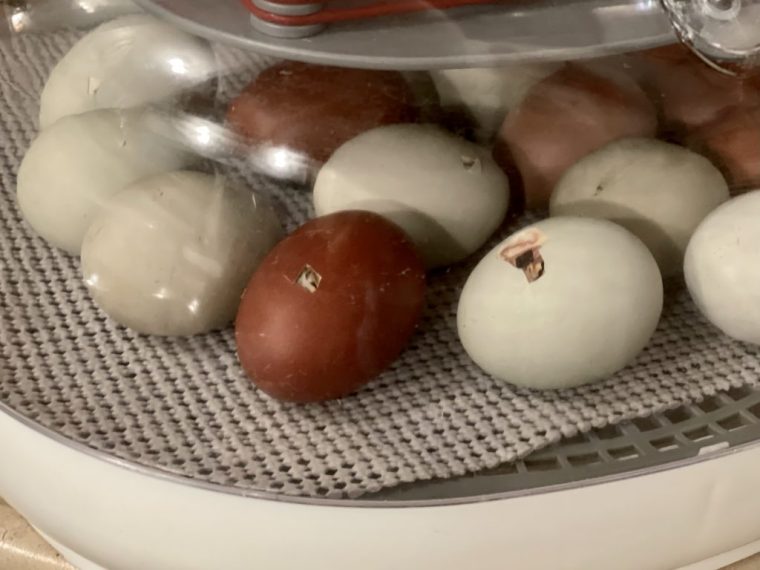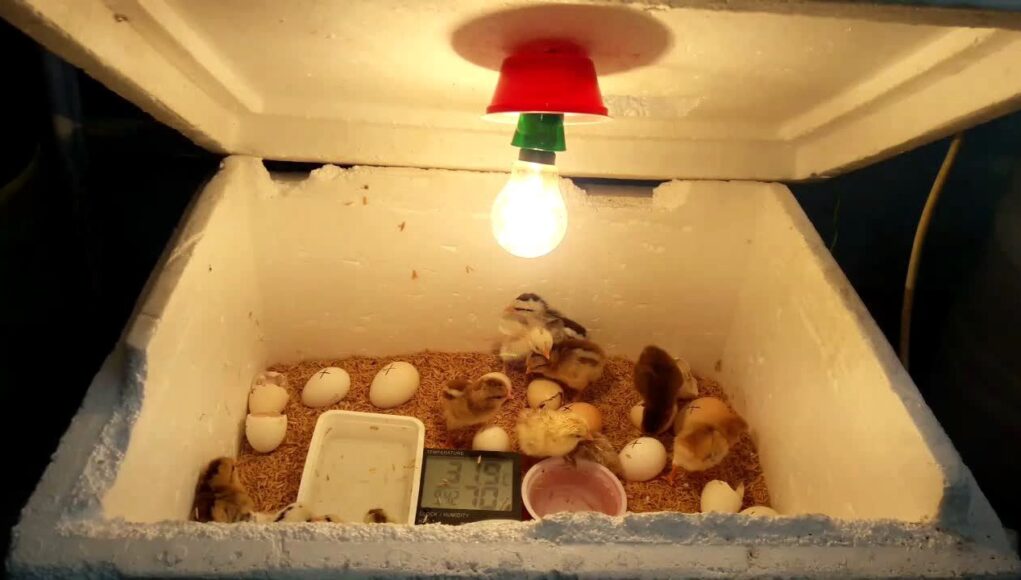Adjusting the humidity in an incubator is vital for anyone interested in hatching chicken eggs successfully. The right humidity levels play a crucial role in ensuring the healthy development of embryos and ultimately, the successful hatching of chicks. Understanding how to adjust incubator humidity can make all the difference in your experience as a chicken enthusiast.
Whether you are a beginner or have some experience, knowing the correct techniques to maintain optimal humidity in your incubator is essential. This guide will provide you with detailed insights into achieving the perfect balance, ensuring your eggs develop into healthy chicks. Let’s dive into the specifics of how to adjust incubator humidity effectively.

Understanding Importance of Humidity
Humidity is a key factor in the incubation process. It affects the evaporation of moisture from the egg, which influences the size of the air cell inside. Proper humidity levels prevent the egg from drying out while allowing the chick to develop and hatch successfully.
Ideal Humidity Levels
For most chicken eggs, the recommended humidity levels during incubation are around 50-55% for the first 18 days. During the last three days, known as the lockdown period, humidity should be increased to 65-70% to facilitate easy hatching.
Tools to Measure Humidity
Using a hygrometer is essential to monitor and adjust the humidity levels accurately. Digital hygrometers provide precise readings and are easy to use. Placing multiple hygrometers in different parts of the incubator ensures a more accurate average reading.
Calibrating the Hygrometer
Before using your hygrometer, ensure it is properly calibrated. This can be done by using a salt test method, which provides a reliable calibration point for accurate measurements.
Methods to Adjust Incubator Humidity
There are several methods to adjust and maintain the desired humidity levels in an incubator:
Using Water Trays
Most incubators come with built-in water trays. Adding or removing water from these trays can help control the humidity. Ensure the trays are clean and free from any contaminants to prevent mold growth.
Sponges and Towels
Placing a damp sponge or towel inside the incubator can significantly increase humidity. Ensure these materials are clean and free from any chemicals or fragrances that could harm the eggs.
Adjusting Ventilation
Proper ventilation is necessary to maintain the right humidity levels. Adjust the vents to allow more or less air exchange, which can help stabilize humidity. Be cautious not to overdo it, as excessive ventilation can dry out the eggs.
Common Humidity Challenges
Maintaining the correct humidity can be challenging. Here are some common issues and solutions:
Low Humidity
Low humidity can lead to eggs drying out, causing embryos to stick to the shell. To fix this, add water to the trays or place damp sponges inside the incubator.
High Humidity
Excessive humidity can lead to poor air cell development. Increase ventilation to reduce humidity levels or remove some water from the trays.
Monitoring Egg Development
Regularly candling the eggs can help monitor their development. For more detailed guidance, visit candling eggs.
Early Indicators
Observe the size of the air cell and the position of the embryo to ensure they are developing correctly. Any abnormalities may indicate a humidity issue.
Humidity Adjustments During Lockdown
The last three days are critical. Increasing humidity to 65-70% is essential for successful hatching. Avoid opening the incubator frequently to maintain stable conditions.
Managing Pipping and Hatching
Once the chicks start to pip, maintain high humidity to prevent membranes from drying out, which can hinder hatching. For more tips on chick care, check out chick care.
Post-Hatch Humidity Considerations
After hatching, reduce humidity levels slightly to allow chicks to dry off quickly. This helps in preventing infections and promotes healthy growth.
Cleaning the Incubator
After the hatch, clean and disinfect the incubator thoroughly. This prevents mold and bacteria growth, ensuring a safe environment for the next batch of eggs.
Conclusion
Successfully hatching eggs requires careful monitoring and adjustment of humidity levels. By understanding and implementing the techniques outlined in this guide, you can improve your hatching success rate significantly. For more on storing eggs before incubation, visit egg storage.

FAQ Section
1. What happens if the humidity is too high?
Excessive humidity can cause poor air cell development, resulting in weak chicks. It can also lead to infections and other health issues.
2. How can I increase humidity quickly?
Adding a damp sponge or towel and reducing ventilation can quickly raise humidity levels within the incubator.
3. Is it necessary to monitor humidity daily?
Yes, daily monitoring ensures that the humidity remains within the optimal range, preventing potential issues with egg development.
This article contains affiliate links. We may earn a commission at no extra cost to you.











